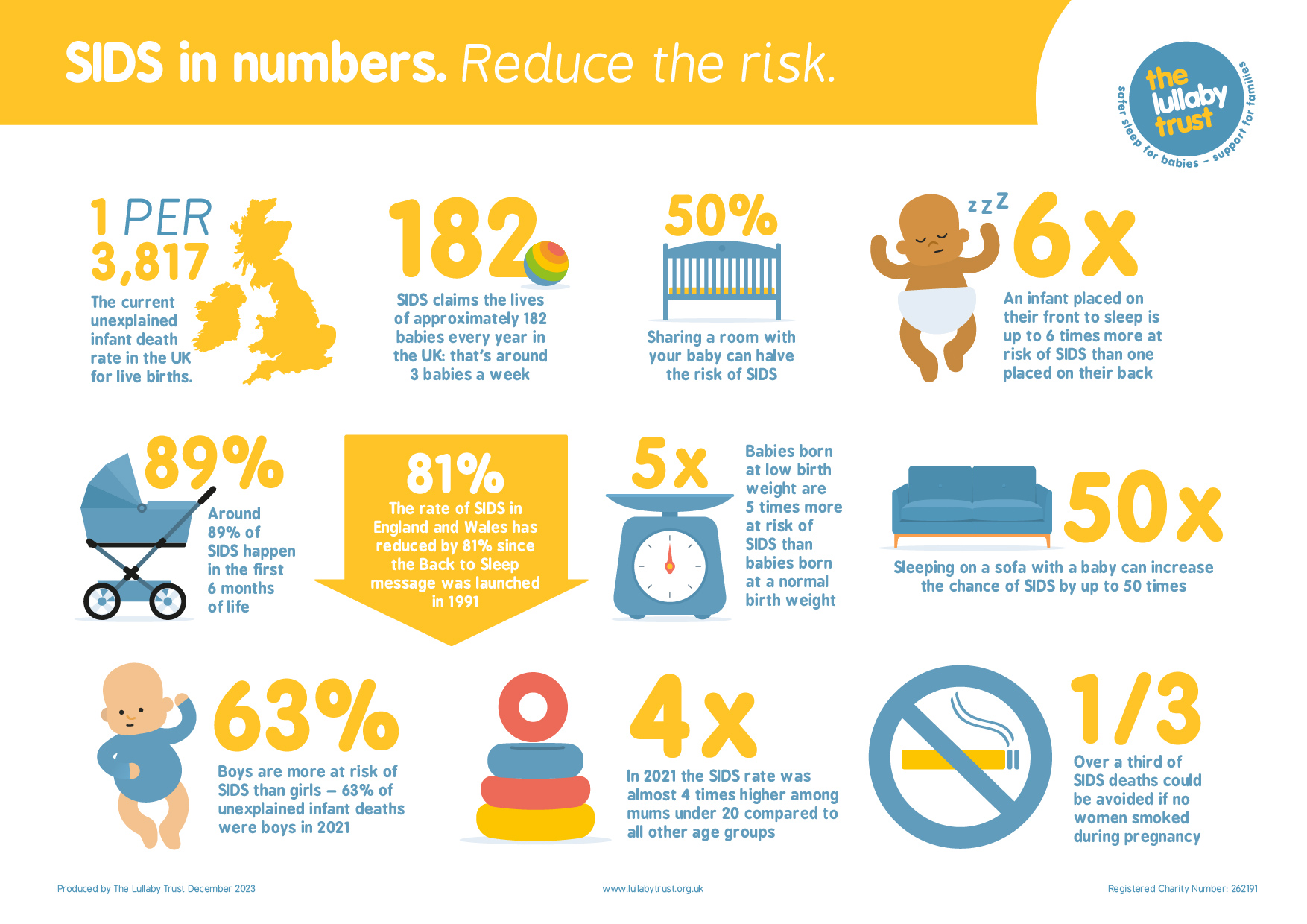The United States is a country known for poor maternal health outcomes, despite our national wealth. However, these outcomes are even worse in rural communities, according to The Commonwealth Fund. According to the CDC, rural communities have an average of 29.4 maternal deaths per 100,000 when compared to urban communities' 18.2. Even after controlling for socioeconomic factors and clinical conditions, the American Journal of Public Health found that rural residents had an almost 10% increased risk of maternal morbidity and mortality than urban residents, data which did not even account for the vast number of out of hospital births, most of which occur in rural areas.
 |
| Source: Martha Hostetter and Sarah Klein, “Restoring Access to Maternity Care in Rural America,” Transforming Care (newsletter), Commonwealth Fund, September 30, 2021. https://doi.org/10.26099/CYCC-FF50 |
In recent years, more than half of the rural counties in the United States have been considered "maternity care deserts." This leads to states like New Mexico, where one of three people who die during pregnancy die due to car accidents, many of these due to people having to drive miles on end down mountainous backroads and in bad driving conditions trying to reach medical care. It has been shown that over 50% of rural women lack access to perinatal services within a 30 minute drive, with over 10% of rural women having to drive over 100 minutes to get the care they need. In Appalachia, this issue is seen in the steady decline of obstetric services, which according to the National Institutes of Health have exacerbated the already present issue of poor health-outcomes in women and infants.
The issues regarding maternal and child health can be described by the situations above, but can also be partially summed up by some of the following:
 |
Source: P Hung, C Henning-Smith, M Casey, and K Kozhimannil. Access to Obstetric Services in Rural Counties Still Declining, With 9 Percent Losing Services, 2004–14. Health Aff (Millwood). 2017 Sep 1; 36(9): 1663-1671.
- Hospital closures
- Access to care
- Insurance coverage
- Workforce supply and interventions.
 |
| Restoring Access to Maternal Care in Rural America: Commonwealth Fund |
